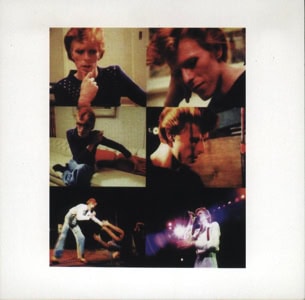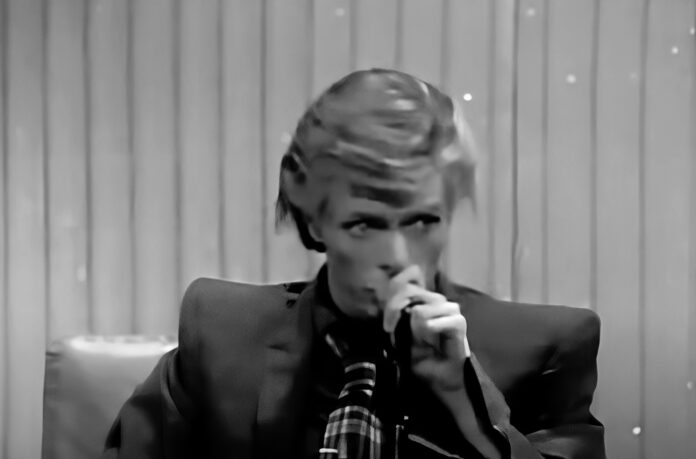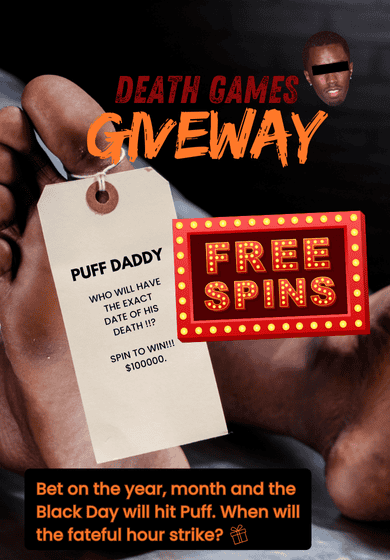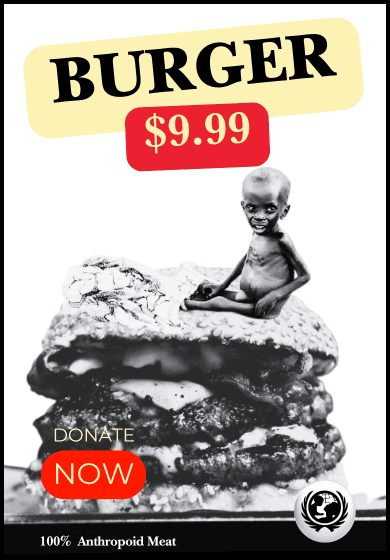Fifty Years of Thin White Sparks of Coca: David Bowie’s Unforgettable Night on The Dick Cavett Show
Nearly 51 years later, Bowie’s 1974 David Bowie’s Unforgettable Night on The Dick Cavett Show appearance still crackles with tension, brilliance, and reinvention a moment when a restless artist turned chaos into charisma and proved that transformation itself was his greatest performance.
When David Bowie walked onto the set of The Dick Cavett Show in November 1974, he wasn’t just promoting a new album he was broadcasting a transformation. The performance, taped on November 2 and aired in early December, has since become one of the best moments of the Bowie: Comedian, Actor, Singer, a real Entertainer.
Bowie opened with three songs 1984,” “Young Americans,” and Footstompin backed by a muscular band that pulsed with funk and fire. It was the public’s first taste of his pivot toward the sleek, soulful sound he would soon label “plastic soul.” The set glowed with confidence; Luther Vandross’s backing vocals soared, and Bowie’s command of the stage was hypnotic. Yet even amid the tight grooves, there was an unease that carried beyond the music.
David Bowie on The Dick Cavett Show 1974 (Whole Show
When the lights shifted for the interview, the mood darkened. Gone was the assured showman. In his place sat a ghostly figure gaunt, pale, and visibly trembling. Bowie fidgeted constantly, gripping a slim walking cane that appeared less like a prop and more like a lifeline. His movements were erratic, his words elusive. He rambled about a concept called black noise, a type of destructive sound wave supposedly capable of “cracking a city.” It was a moment equal parts fascinating and bizarre, the kind of live television that burns itself into collective memory.
Host Dick Cavett handled it with commendable calm, steering the conversation through Bowie’s meandering responses. Still, even Cavett later admitted that something about the encounter felt off-kilter. Viewers sensed it too the uneasy tension, the flashes of manic laughter, the way Bowie’s eyes seemed to drift elsewhere. What was intended as a promotional appearance had inadvertently become a window into the artist’s unraveling.
The timing made it even more poignant. The interview took place near the end of Bowie’s grueling Diamond Dogs tour by then rebranded the Philly Dogs tour as it morphed into a full-blown soul revue. The shows were ambitious and theatrical, but behind the curtain Bowie was burning out. Months of relentless performing, coupled with an escalating cocaine habit, had left him physically and mentally wrecked. On Cavett, that exhaustion was impossible to disguise.
Yet, in true Bowie fashion, even that turbulent moment was part of his evolution. His performance of “Young Americans” wasn’t just a glimpse of a new sound it was the confident first step toward reinvention. Beneath the jittery exterior was an artist already in motion, shedding one skin and stepping into another, turning chaos into creativity with effortless style.
Looking back from 2025, the Cavett interview feels less like a breakdown and more like a turning point a peculiar spark in Bowie’s ever changing constellation. What some saw as fragility was simply the cost of constant transformation, the mark of a performer unafraid to let the world watch him change in real time. The genius of Bowie wasn’t only in his music or image, but in his ability to make reinvention itself into an art form. Even amid unease, he remained what he always was: a showman singular, fearless, and entirely his own.

THE SOUL/PHILLY DOGS TOUR
The second leg of ‘The Year Of The Diamond Dogs’ Tour became known as the ‘Soul’ or ‘Philly’ Dogs Tour restarted on the 5th October 1974. The re-arranged line-up now named David Bowie and The Mike Garson Band consisted of: David Bowie (vocals, 12-string acoustic guitar, harmonica), Mike Garson (piano, Mellotron), Carlos Alomar (guitar), Earl Slick (lead guitar), Emir Ksasan (bass), Dennis Davis (drums), Pablo Rosario (percussion), David Sanborn (alto sax, flute), Richard Grando (baritone sax, flute), Michael Kamen (electric piano, Moog, oboe), Geoffrey MacCormack (aka Warren Peace), Ava Cherry, Robin Clark, Jean Fineberg, Anthony Hinton, Diane Sumler and Luther Vandross (vocal backings).
https://www.bowiewonderworld.com/tours/tour74.htm
Bowie starts playing Changes ,but then suddenly stops: “Still don’t know what I was waiting for,and my time was run ning wild … I wanna do a fast one … Panic in Detroit”. He gives the band a sign and Earl Slick starts. Then Changes after all; lots of hysterical screaming of the audience during this song. They are wildly enthusiastic and clap along with many a song,which lends the tape a fine atmosphere. Al though this is the last part of the tour,Bowie’s voice is still powerful. Rock & Roll With Me he sings beautifully,and halfway the song he explains to the audience what it is about: “This is called When You Rock & Roll With Me, it’s about me,and singing and why people would do – getting on stage and sing. I wouldn’t he able to … you start off thinking one thing,and you would end up thinking another – the music sings for you, and kind of makes it work that way. I suppose that’s what it’s about”.



